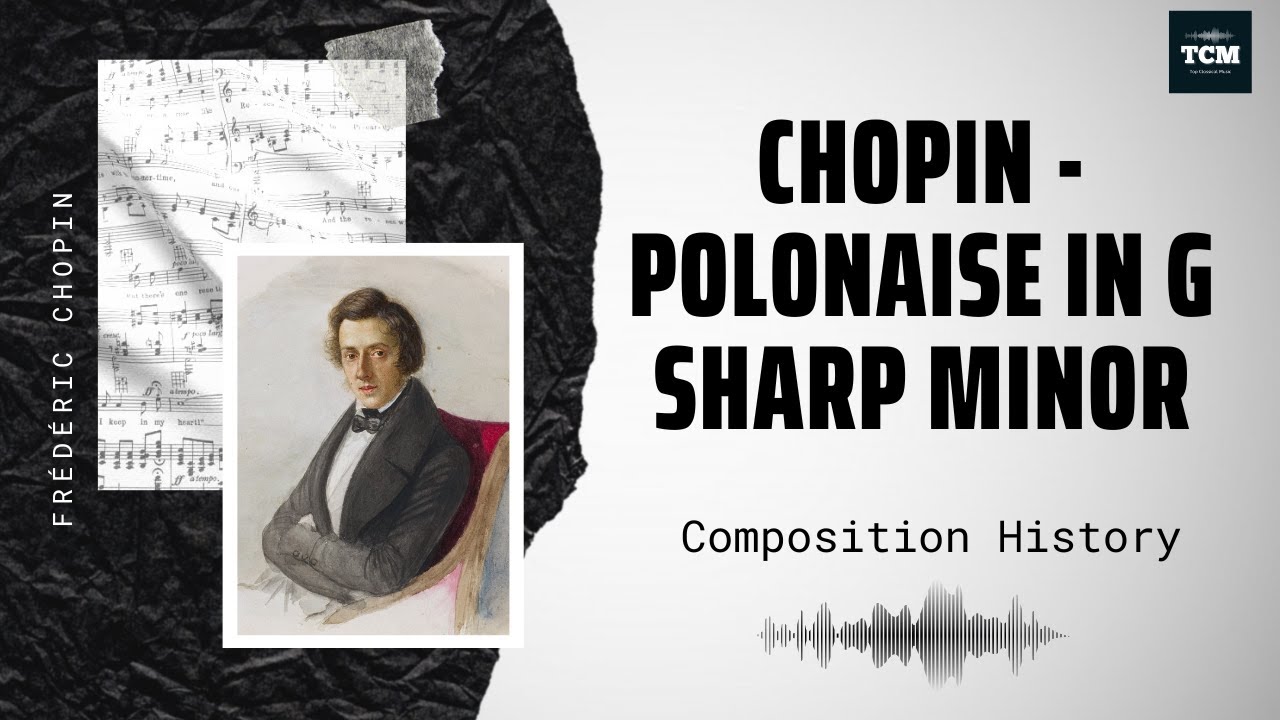
Chopin – Polonaise in G sharp minor, B 6 – Music | History
Chopin – Polonaise in G sharp minor, B 6 – Music | History Despite the key rarely being used in orchestral music other than to modulate,[…]

Bach – Chorale Preludes – BWV 665. Jesus Christus unser heiland – Music | History
Bach – Chorale Preludes – BWV 665. Jesus Christus unser heiland – Music | History The Great Eighteen Chorale Preludes, BWV 651–668, are a set of[…]
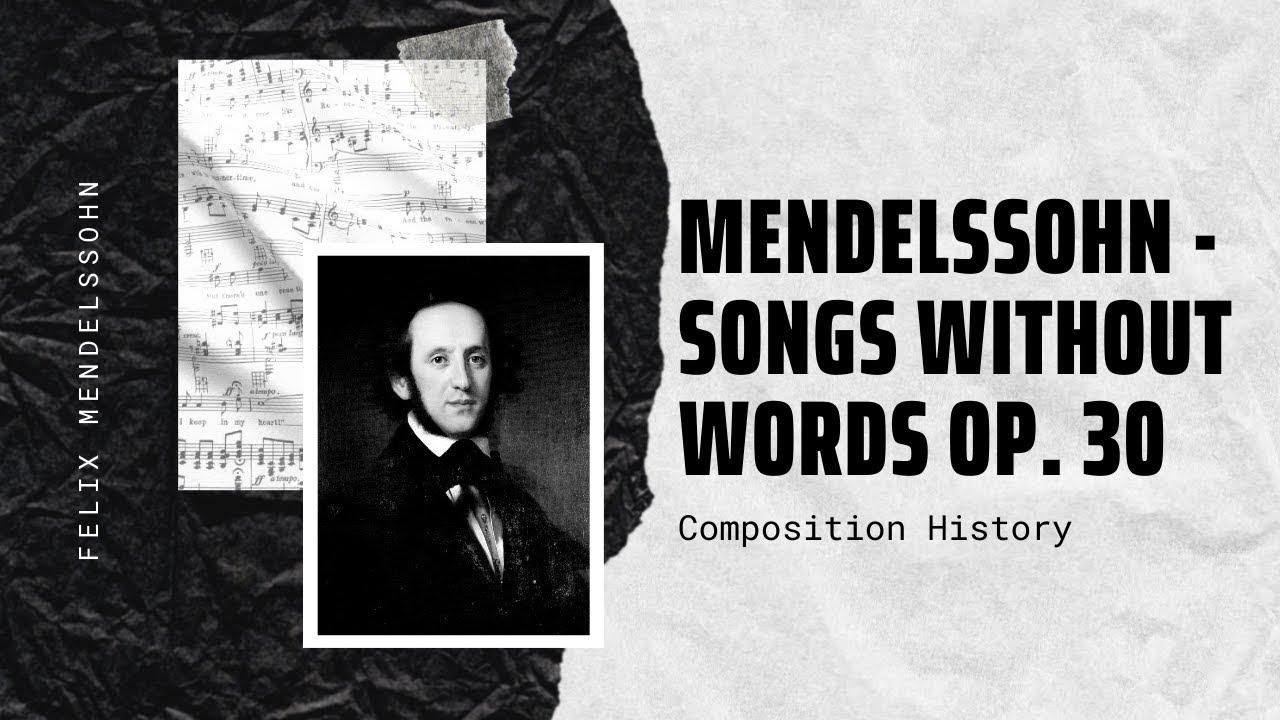
Mendelssohn – Songs without words Op. 30 – Music | History
Mendelssohn – Songs without words Op. 30 – Music | History Songs Without Words (Lieder ohne Worte) is a series of short lyrical piano pieces by[…]
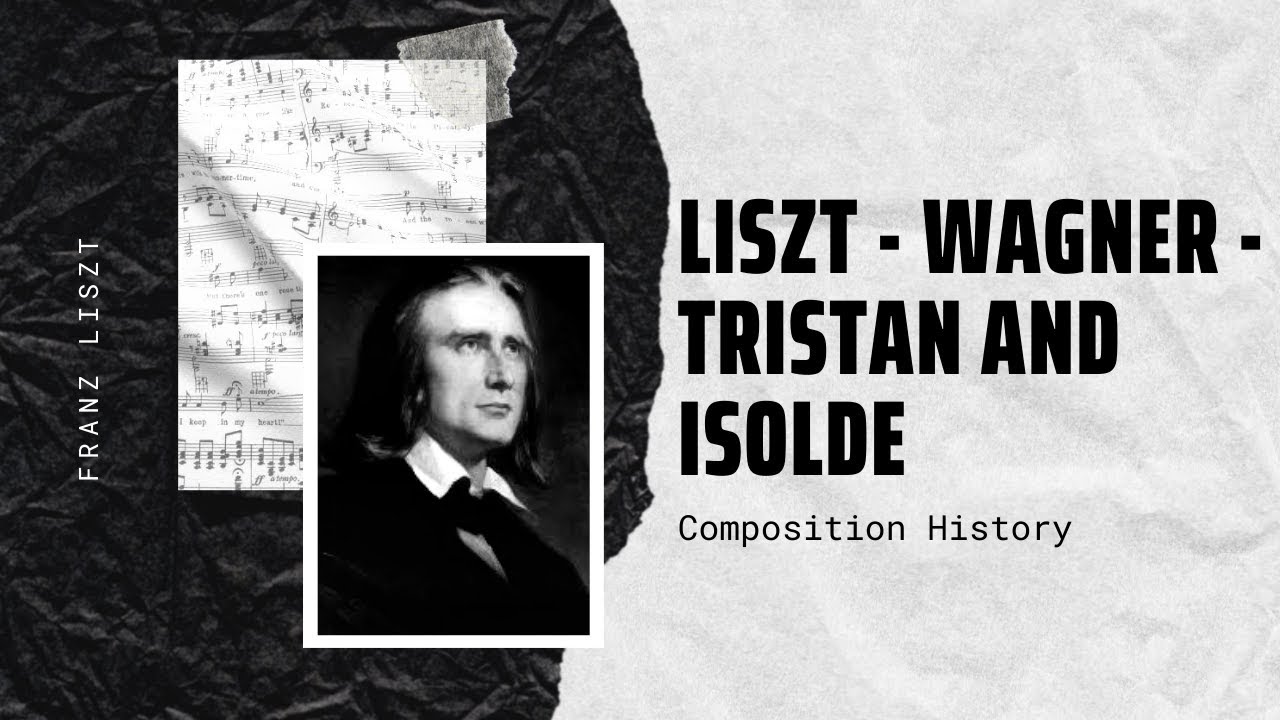
Liszt – Wagner – Tristan and Isolde – Liebestod, S 447 – Music | History
Liszt – Wagner – Tristan and Isolde – Liebestod, S 447 – Music | History Tristan und Isolde (Tristan and Isolde), WWV 90, is an opera[…]

Chopin – Sonata No. 2 in B flat minor – Music | History
Chopin – Sonata No. 2 in B flat minor – Music | History Frédéric Chopin’s Piano Sonata No. 2 in B-flat minor, Op. 35, is a[…]
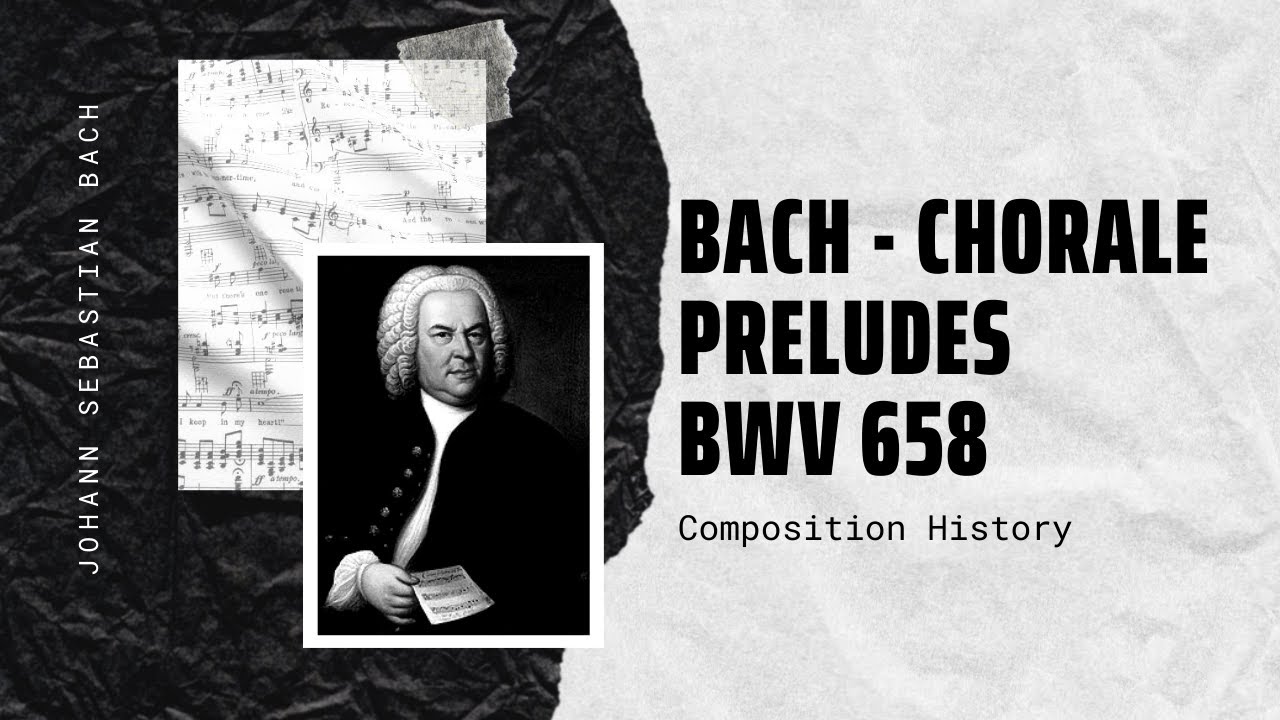
Bach – Chorale Preludes BWV 658. Von Gott will ich nicht lassen- Music | History
Bach – Chorale Preludes BWV 658. Von Gott will ich nicht lassen- Music | History The Great Eighteen Chorale Preludes, BWV 651–668, are a set of[…]

Wagner – Parsifal, WWV 111 – Music | History
Wagner – Parsifal, WWV 111 – Music | History Parsifal (WWV 111) is an opera in three acts by German composer Richard Wagner. It is loosely[…]

Chopin – Mazurka in D major, B 71 – Music | History
Chopin – Mazurka in D major, B 71 – Music | History Over the years 1825–1849, Frédéric Chopin wrote at least 59 mazurkas for piano, based[…]
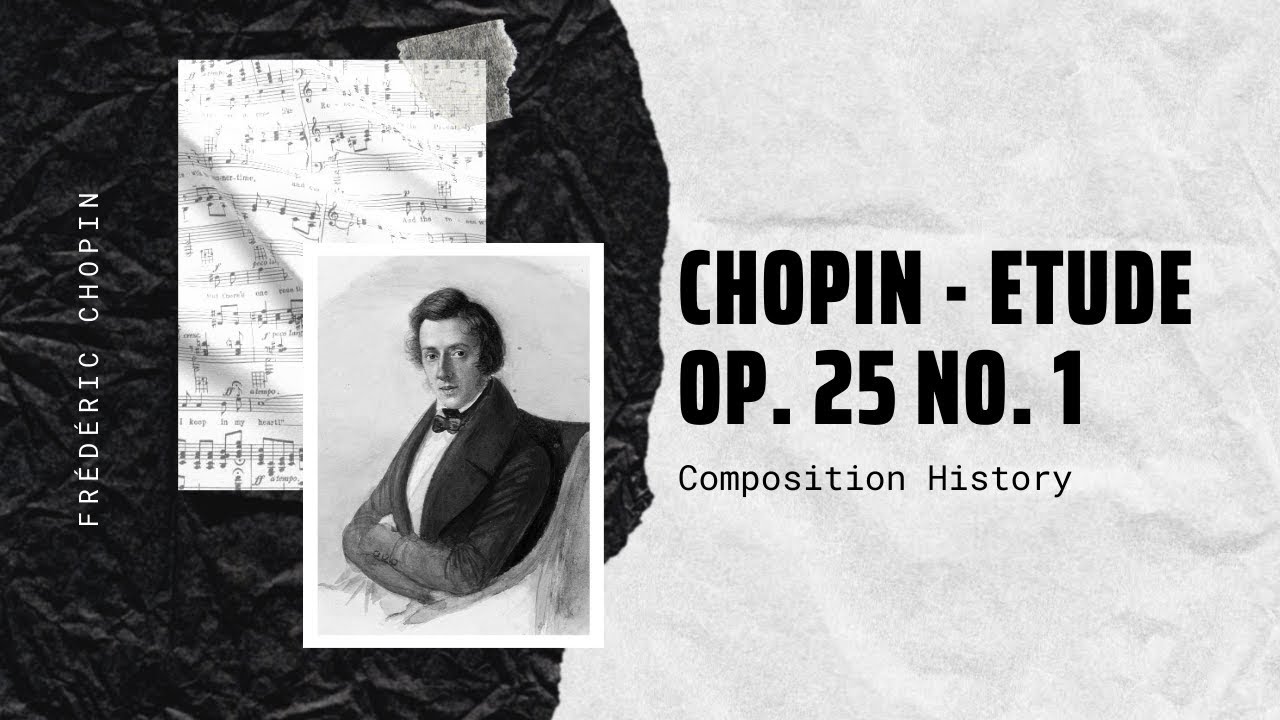
Chopin – Etude Op. 25 No. 1 in A flat major – Music | History
Chopin – Etude Op. 25 No. 1 in A flat major – Music | History The Études by Frédéric Chopin are three sets of études (solo[…]

Bach – 18 Chorale Preludes BWV 653 An Wasserflussen Babylon – Music | History
Bach – 18 Chorale Preludes BWV 653 An Wasserflussen Babylon – Music | History The Great Eighteen Chorale Preludes, BWV 651–668, are a set of chorale[…]